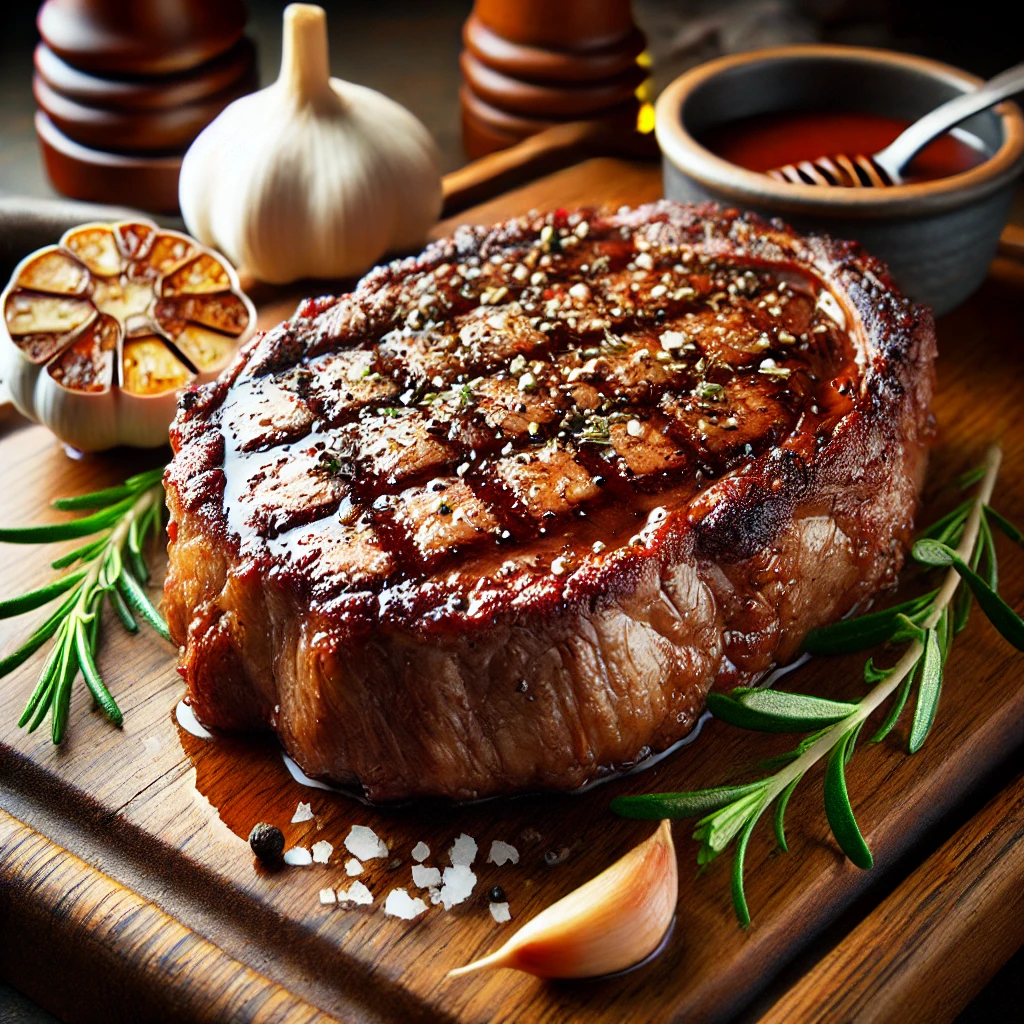




What Is a Delmonico Steak?
The term "Delmonico steak" is surrounded by confusion and debate. While it’s clear the name comes from the famous Delmonico's steakhouse in New York, the exact cut of meat it refers to remains uncertain. Some say it’s a ribeye, others claim it could be a strip steak. One thing is agreed upon: it’s a thick, high-quality steak with plenty of marbling, meant to be tender and flavorful.
The Delmonico steak was first served around 1840 at Delmonico's in New York, but the specifics of the original cut have been lost to history. With no definitive records from that time, there is ongoing debate among butchers and chefs about whether it was bone-in or boneless, and which exact section of the cow it came from.
What we do know is that it comes from the rib or short loin, and it’s a large, luxurious cut, often up to two inches thick.
In the absence of a strict definition, many butchers and chefs label different cuts as Delmonico steaks, whether they be bone-in or boneless ribeyes or even smaller T-bone steaks. Some even go as far as using chuck eye steaks, which are less expensive, and marketing them as Delmonico-steaks. This creative labeling is possible due to the lack of culinary rules regarding the term, though it’s not considered an ethical practice by many professionals.
Ultimately, the Delmonico-steak is more myth than a specific cut. As long as the steak is thick, comes from the rib or short loin, and has a high degree of tenderness, it could be called a Delmonico. Interestingly, Delmonico's Restaurant itself still serves a Delmonico-steak, and they define it as a boneless ribeye on their menu.
Whether you're enjoying a ribeye or another cut, what makes a Delmonico-steak special is its quality and history.
This classic steak remains a mystery, but it's always a delicious choice for meat lovers!